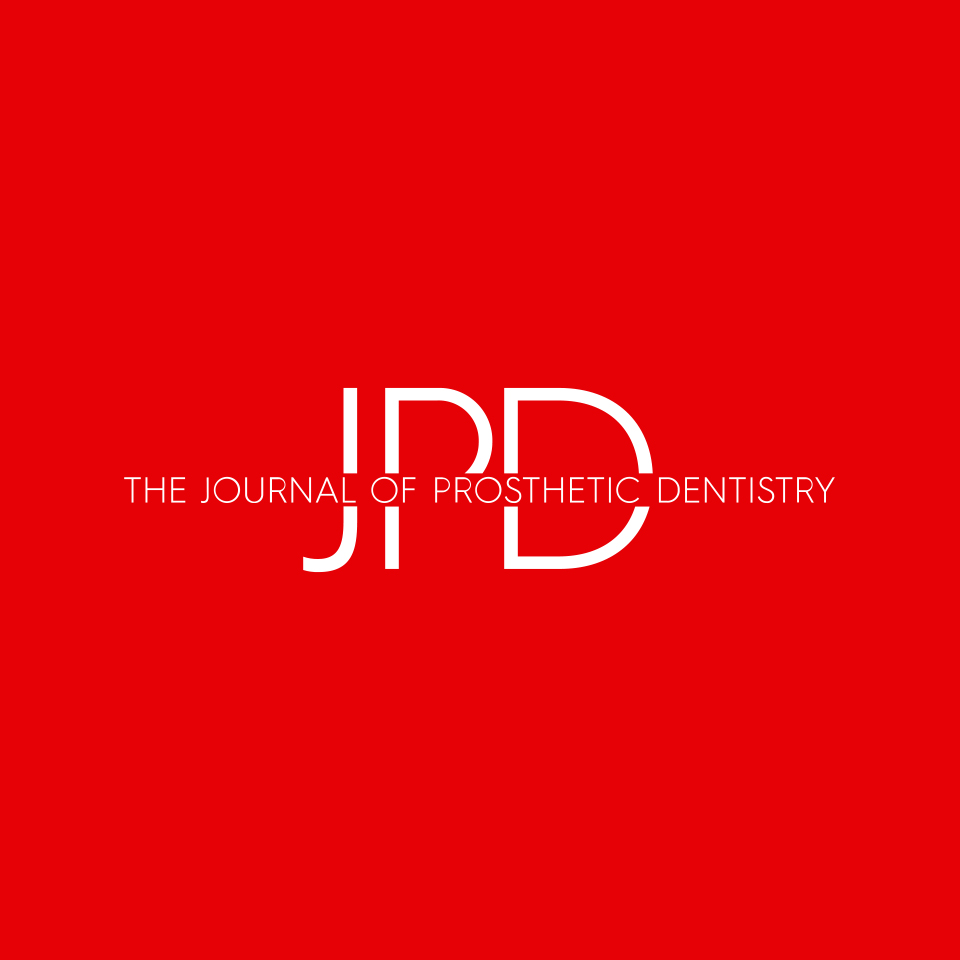
Long-term survival and success of zirconia screw-retained implant-supported prostheses for up to 12 years: A retrospective multicenter study
Alessandro Pozzi, Lorenzo Arcuri, Giacomo Fabbri, Guido Singer, Jimmy Londono
Abstract
Statement of problem: Despite the broad clinical application of zirconia for fixed implant-supported prostheses, evidence of long-term performance is sparse.
Purpose: The purpose of this retrospective study was to evaluate the long-term clinical and radiographic outcomes of zirconia-based partial and complete screw-retained implant-supported zirconia fixed dental prostheses (ISZFDPs).
Material and methods: Records of patients treated with dental implants and ISZFDPs between December 2004 and June 2017 were screened. Eligible study participants, according to inclusion criteria, were contacted and invited to undergo clinical and radiographic examinations. Outcomes were evaluated as implant and prosthetic survival rates, prosthetic success rate, complications, marginal bone level (MBL) change, and soft tissue condition. Along with the effects of zirconia prosthesis type and level, the effects of implant type and connection, type of loading, and follow-up on MBL were tested with a generalized linear effects model (GLEM) (α=.05).
Results: A total of 118 patients were identified, of whom 20 (16.9%) were not available for clinical examination for various reasons. Ninety-eight participants (mean age 60.7 ±11.7 years) with 337 implants were included, of which 176 (52.2%) had been immediately loaded. A total of 111 ISZFDPs (96 zirconia connection and 15 titanium base) were investigated: 24 complete ISZFDPs with a zirconia connection (12.9 ±0.97 dental units, minimum 12, maximum 14), 72 partial with a zirconia connection (3.11 ±1.12, minimum 2, maximum 7), 15 partial with a titanium base (3.62 ±1.02, minimum 2, maximum 5). Forty ISZFDPs had been in function for ≥10 years (36%), 38 for 5 to 9 years (34.2%), and 33 for 2 to 4 years (22.8%). The mean follow-up time was 7.2 ±3.4 years. No zirconia fractures were identified. Two implants and 2 ISZFDPs failed, with chipping being the most common complication (13.5%). The implant survival rate was 99.4%, and the prosthetic survival rate was 98.2%. The cumulative prosthetic success rate was 91.9%. MBL change was -0.18 ±0.59 mm. Thirteen implants were treated for peri-implantitis (3.8%), and 9 for mucositis (2.7%), but presented healthy peri-implant soft tissues at the follow-up examination. A significant difference was found between the implant-level and abutment-level prostheses (P=.013), with less marginal bone loss observed in ISZFDPs delivered at the implant level.
PMID: 34187699